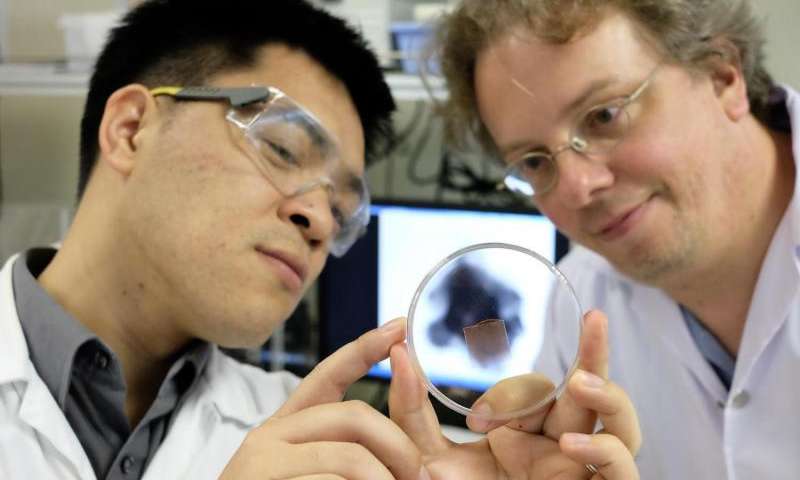In a breakthrough for both science and medicine, scientists at the Nanyang Technological University in Singapore have successfully used ultrasound to direct drugs into cancer cells.
Science news site Phys.org reports that NTU scientists are able to perform a procedure to coat micro-sized gas bubbles with a duo of cancer-fighting drugs and iron oxide nanoparticles. The researchers then use magnets to draw these bubbles towards a specific tumor. Finally, ultrasound vibrations direct drug particles towards a more specific area in the tumor. These microbubbles were then tested on mice, producing significant results.
Assistant Professor Xu Chenjie of the School of Chemical and Biomedical Engineering, and Associate Professor Claus-Dieter Ohl from the School of Physical and Mathematical Sciences led the team in developing this highly advanced technique for targeting cancerous tumors.
The research aims to find safe, non-invasive methods for delivering drugs directly to tumors. Ultrasound waves are already in use in medical and diagnostic imaging, while magnets can be found in equipment such as Magnetic Resonance Imaging (MRI) scanners.
The study aims to seek novel drug carriers – essentially better ways of delivering drugs with minimum side effects.
Professor Ohl said,
“Most prototype drug delivery systems on the market face three main challenges before they can be commercially successful: they have to be non-invasive, patient-friendly and yet cost-effective.”
Ohl believes that the team has come up with a solution that takes care of all three.
The primary method for treating cancer is currently the use of chemotherapy drugs, as explained by the American Cancer Society. The main problem with this is that these drugs flow throughout the bloodstream without specifically targeting cancer cells, causing damage to healthy cells in the process. In addition chemotherapy drugs are generally quickly eliminated by the lungs and liver, reducing efficacy. Since these drugs are non-targeted, they are unable to penetrate deeply into a tumor, possibly leaving some cancer cells alive, which could in turn trigger tumor growth and a cancer relapse.
The breakthrough technique of using magnetic microbubbles to target tumor cells allows the drugs to stick to a tumor and avoid damage to any healthy cells. It also enables drug particles to penetrate deeper into a tumor, ensuring a better chance of success in treatment. Another good thing about this method – it can take place in just a few seconds.
The team behind this research includes NTU scientists, scientists from the City University of Hong Kong and Tel Aviv University in Israel. It took two and a half years to develop. The team is now moving forward by testing the method on lung and liver cancer cells in animal models. If all goes well, it might eventually reach clinical studies.
The study has been published in the materials sciences journal, NPG Asia Materials.
























